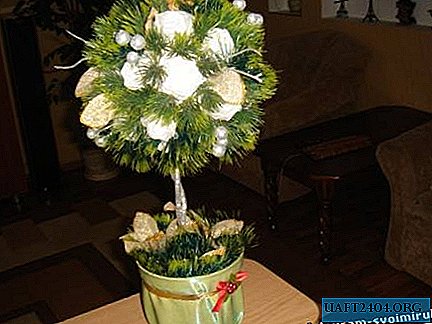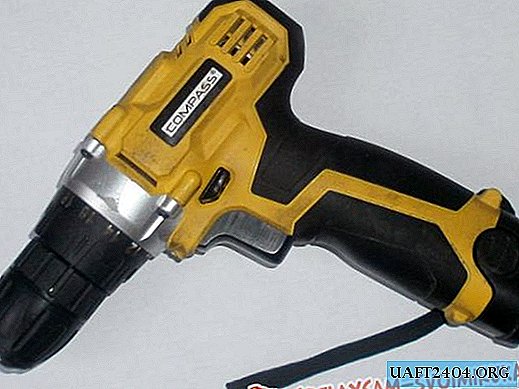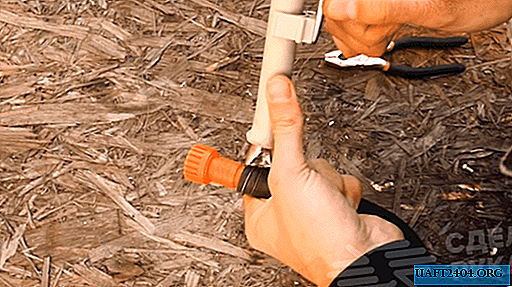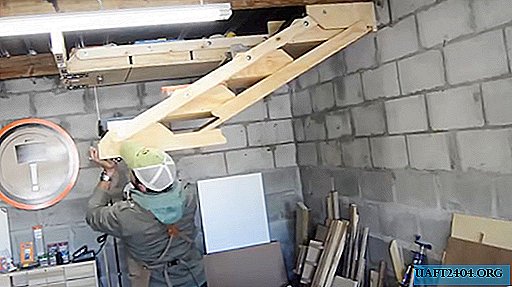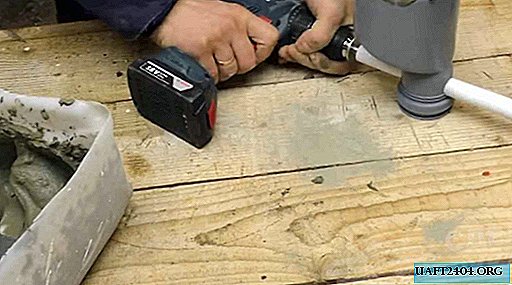Share
Pin
Tweet
Send
Share
Send
This also applies to the grinder (angle grinder), when the cutting disc is so tightly clamped on it that it is not possible to unscrew the clamping nut either with a standard wrench or other tools or methods. In this case, there is a risk of breakage of the quick clamp button of the disk and even the tool body, usually made of aluminum alloy. The matter is complicated by the fact that the surface to which the working disk is pressed is often round and it is impossible to stall.
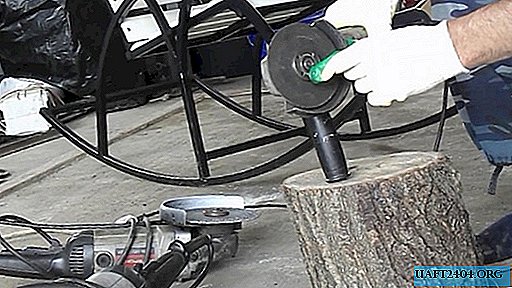
Why is the locking nut tightened?
The Bulgarian, depending on the brand and diameter of the working disk, develops from 6,000 to 12,000 rpm. When a rotating disk sharply touches the work surface, the following fast-moving processes occur.
The cutting disc, crashing into the material, experiences a lot of resistance and brakes somewhat, but the rotor of the electric motor rotates by inertia for several moments at the same speed and literally screw the spindle thread into the lock nut, pressing it into the cutting wheel. Unscrewing it now will not be easy, especially with a native key.

There are various ways to get rid of this defect. Not all of them pass without a trace for the tool. Here we look at one of them, which can be called auto thermal.
How to fix a disc clamp on a grinder
To implement this method, you will need some massive wooden material: a piece of a thick board, a piece of timber or just a stump.

Then we take a grinder with a tightly clamped disk, turn on the tool and with sufficient force we press the fixing nut to the surface of the stump so that it continuously rubbed against a wooden surface.

The process must be continued for two to three minutes. This time is enough for the clamping nut not only to heat up, but to heat up. If the heating is not stopped in time, then there is a danger of damage to the spindle bearing due to overheating.

The degree of sufficiency of the thermal effect on the fixing nut can be checked using a pipette with water: drops from it instantly evaporate, barely reaching its surface.
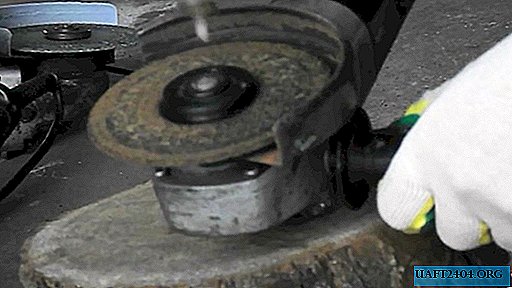
Then we proceed in a standard way. We press the button for quick disk replacement and unscrew the nut with a standard key without any effort. In this case, the well-known property of the metal helps us to expand when heated.

The nut is completely unscrewed without any extra effort.

Notes and Tips
To reduce the likelihood of clamping the working disk on the grinder, the tool should be gently loaded to prevent the disk from braking in contact with the material being processed.
The disk should be mounted on the spindle with a pattern (marking) outward (towards the clamping nut), since it is on this side that the disk has a wide metal washer. If jamming or breakage of the disc occurs, it will be easier to handle the movable clamp, since it will slide along the metal washer, and not on the rough surface of the disc.
It helps to put washers made of cardboard or other not too hard material under the nut. But this method is not specified by the manufacturer of the tool, since this may cause unbalance and the reliability of mounting the disk on the spindle is not guaranteed.
The fixing nut can be heated using a blowtorch or gas burner. The heat source in this case does not matter. The main thing is not to overdo it with heating, so as not to damage the spindle bearing.
Share
Pin
Tweet
Send
Share
Send

